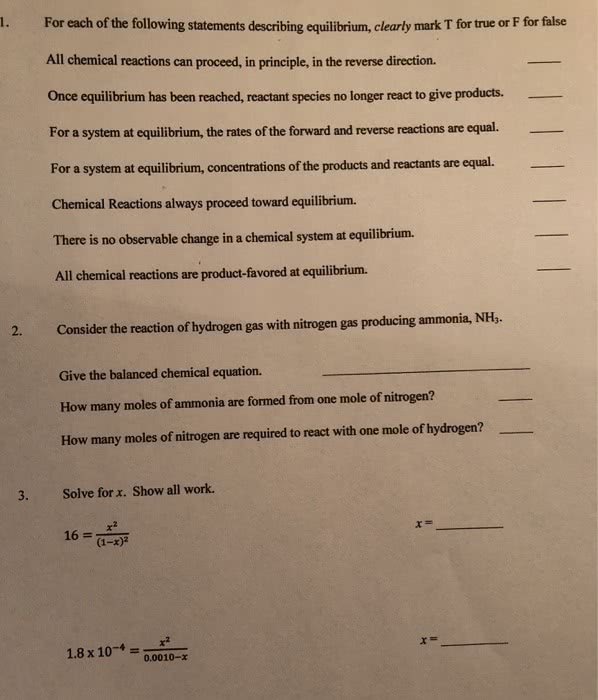CHEM 1A Chapter Notes - Chapter 6: Reaction Quotient, Ideal Gas, Inert Gas

94
CHEM 1A Full Course Notes
Verified Note
94 documents
Document Summary
The system has reached chemical equilibrium, which is the state in which the concentrations of all reactants and products remain constant with time. Equilibrium is not static; it is a highly dynamic situation. Equilibrium occurs because the energy associated with a collision that can break bonds in the reactant molecules. The rate of a reaction depends on the concentrations of the reactants. The process (called the haber process) is of great commercial value because ammonia is an important fertilizer for the growth of corn and other crops. Two possible reasons why the concentrations of the reactants and products of a given chemical reaction remain unchanged when mixed: The forward and reverse reactions are so slow that the system moves toward equilibrium at an undetectable rate. The law of mass action is a general description of the equilibrium condition. ja + kb lc + md. This is represented by the following equilibrium expression:


